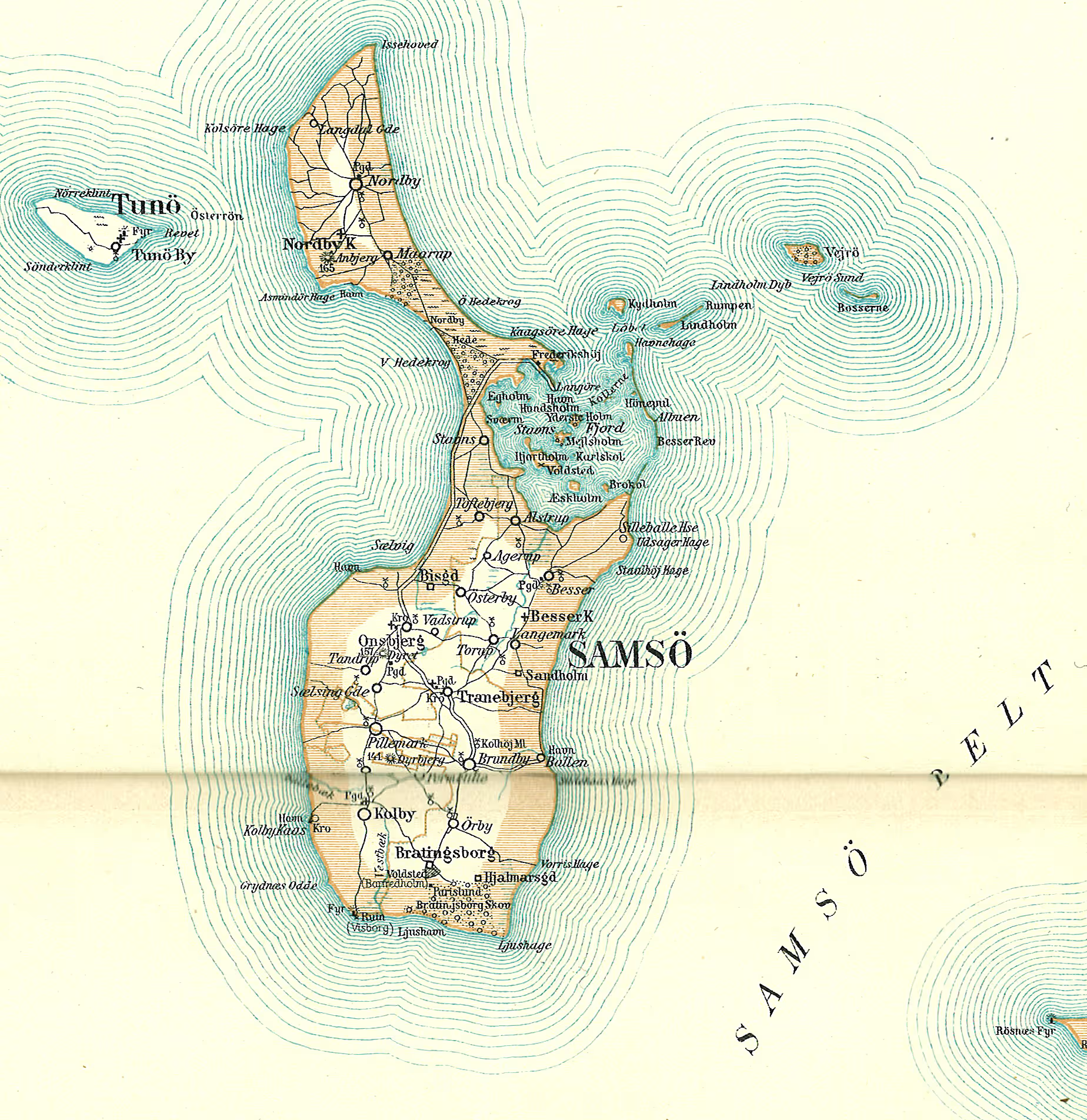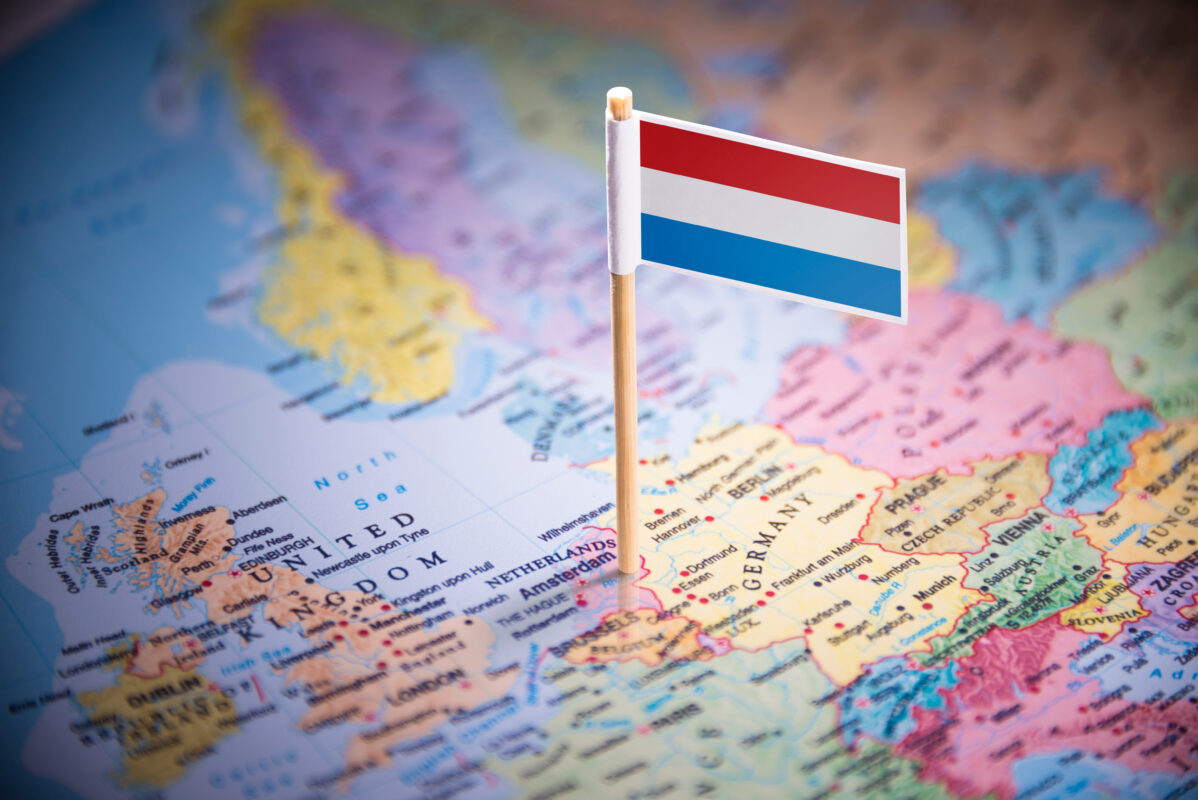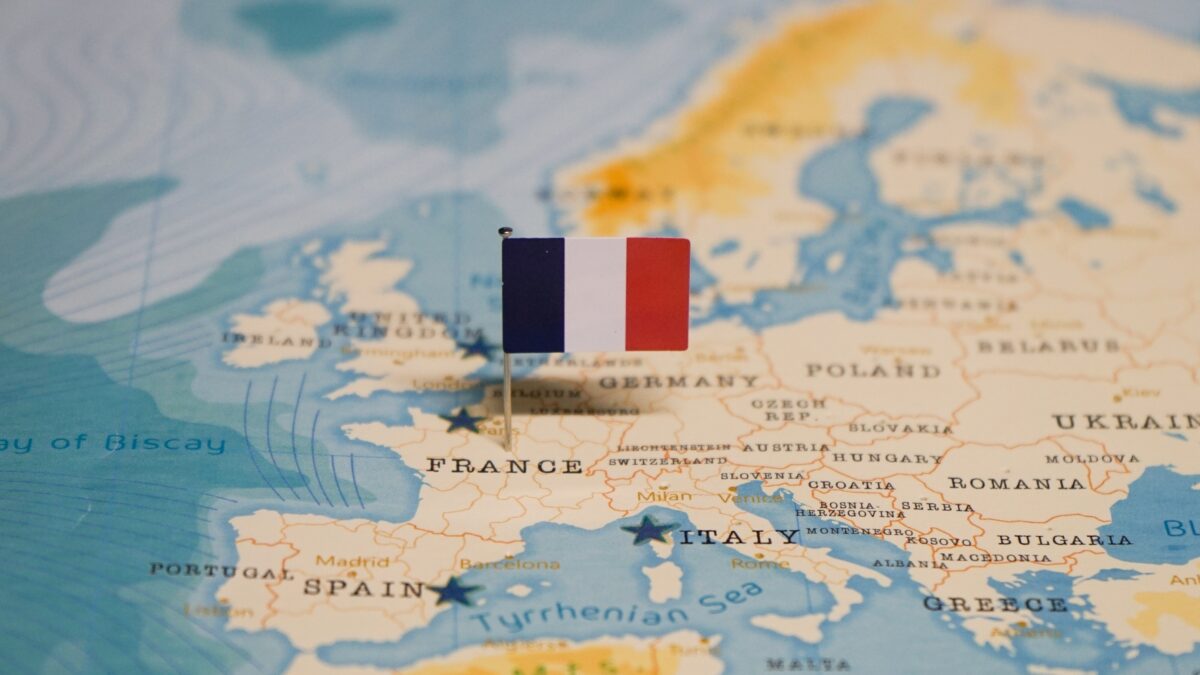The eco island of Samsø, located off Denmark’s Jutland Peninsula, accomplished an extraordinary feat. The island achieved complete energy independence in just five years. Local residents maintain a negative 12 tonnes per person carbon dioxide footprint annually, which stands nowhere near the Danish average of 6.2 tonnes.
The Danish Government sparked this change in 1997 through a competition to create a model renewable energy community. They selected Samsø as the country’s first renewable energy island. The island’s success stems from a powerful network of 11 onshore and 10 offshore wind turbines, along with biogas and solar facilities. Biomass boilers powered by locally grown straw provide heat to three-quarters of the island.
Samsø’s renewable transition succeeded because the community owned the project. The total investments reached €57 million, backed by government subsidies for wind energy. The island continues to redefine the limits of sustainability. Local leaders want to eliminate all fossil fuels by 2030. This ambitious project serves as a model for island communities worldwide that plan to switch to renewable energy.
How Samsø became 100% renewable
Samsø’s incredible transition to 100% renewable energy started when it won the Danish government competition in 1997. The island then undertook an ambitious plan to change its energy infrastructure within ten years.
Installing onshore and offshore wind turbines
The project moved quickly. By 2000, Samsø had installed 11 one-megawatt wind turbines at three locations on the island. These onshore turbines generate about 28,000 MWh each year, which equals 690,000 gallons of oil. The project’s success largely came from its ownership structure—450 island residents own about 90% of these turbines. Residents could see their investment right from their windows, which created strong community support.
The island added 10 offshore wind turbines in 2002, each with a 2.3 MW capacity. These turbines stand 63 metres tall with 40-metre blades and sit 2.5 km off the southern coast. Their combined output reaches 77,500 MWh annually. The municipality owns five turbines, private owners have three, and cooperatives control two.
Switching to biomass and solar for heating
Samsø built three district heating plants between 2002 and 2005 to complement an existing facility. These plants now provide heating and hot water to 70% of the island’s homes. Local straw serves as the main fuel source, while the Nordby-Marup facility combines a 900 kW wood chip boiler with a 2,500 m² solar thermal heating system. Residents beyond the district heating network installed solar thermal panels, heat pumps, and biomass systems. Government subsidies covered 30% of installation costs.
Offsetting transport emissions with offshore wind
The offshore wind turbines play a clever role in balancing transportation emissions. Transportation makes up 21% of island emissions, but excess electricity from offshore turbines offsets the carbon footprint of cars, buses, tractors, and ferries. This approach helps Samsø maintain its carbon-negative status despite ongoing transportation challenges.
Energy-efficient retrofits and electric vehicles
The island optimised energy use by modernising buildings and improving insulation. Energy consumption dropped more than 20% since 1998. Samsø now leads Denmark with the highest number of electric vehicles per capita. The municipality showed leadership by powering its electric vehicle fleet with solar panels.
These coordinated efforts helped Samsø shift from fossil fuel dependency to 100% renewable energy in just ten years. The island now produces more energy than it uses. Looking ahead, Samsø aims to be completely fossil-free by 2030, continuing its innovative path in sustainable energy.
The power of community ownership and leadership
Community involvement lies at the heart of Samsø’s success story. The eco island didn’t just add renewable technology—it changed how ownership worked. Locals became active participants rather than observers in their energy future.
Local investment in wind turbines
The financing model put citizens and local ownership first, which brought substantial benefits to the island’s economy and community. Local residents own about 90% of the onshore wind turbines, which keeps the economic benefits within the community. This shared ownership encouraged people to invest and created direct value for citizens.
The island’s ownership structure follows a smart pattern. Local farmers own nine of the 11 onshore turbines, while cooperatives own the other two. The offshore turbines have a different setup—the municipality owns five, private owners have three, and cooperatives control two. This mix helps spread the benefits throughout the community.
The onshore turbines followed a clever rule: anyone who could see a turbine from their window could become a co-investor. People who might have complained about seeing turbines now benefited from them instead.
Transparent planning and public meetings
Openness drove community involvement from day one. The local library displayed the master plan, local newspapers shared updates, and regular community meetings sparked discussions. Early meetings drew only 50 people, but by 1998, attendance jumped to 1,600.
Project leaders showed they truly cared about community feedback—even when it cost more. They moved turbines based on what summer house owners, bird watchers, and a local church said, despite what technical experts first suggested.
This flexibility turned what could have been seen as unwanted technology into community treasures. This idea shapes everything they do—mental ownership matters just as much as legal ownership.
Samsø built more than just clean energy systems through these teamwork strategies. They created a shared vision of community growth. The Samsø Energy Academy now shares these lessons worldwide, helping other communities make similar changes.
What the world can learn from Samsø
Samsø’s shift from fossil fuel dependency to renewable prosperity brings valuable insights to communities worldwide. The island’s success story goes beyond technical achievements and provides a tested blueprint for green development that surpasses its Danish roots.
A bold competition by the Danish government sparked action to create a renewable energy showcase in Samsø. This ambitious mission turned an impossible dream into an achievable target. Everyone focused on making it happen, which showed how policies should look beyond quick fixes. The success came without huge government funding—the contest only paid for one coordinator’s salary.
Research shows that projects benefiting communities get more support. Samsø didn’t just consult its residents—it strengthened them. Trust grew through open planning meetings, and participation jumped from 50 to 1,600 people. The island showed that good participation must begin before project development and stay consistent through implementation.
Use existing technology effectively
Samsø made its transformation happen with available technology instead of waiting for new inventions. The island focused on practical solutions and analysed usage patterns, resources, and business opportunities around doable changes. This no-nonsense approach proves that technology isn’t the main roadblock to renewable transition.
Replicable models for island community electrification
Islands make perfect testing grounds for energy innovation. They face unique challenges—they depend on imported fossil fuels, need independent grids, and deal with high electricity costs. Samsø’s Energy Academy shares its knowledge through training programmes, advisory services, and leadership workshops. Their systematic analysis and community-focused methods show that complete renewable transitions work for remote islands worldwide.
Small wind turbines for islands – opportunities
Samsø’s success with large-scale renewables has inspired smaller islands worldwide to find solutions that match their unique conditions and resources.
Vertical and horizontal small wind turbines
Small-scale wind turbines work great for island communities with limited space or resources. Vertical axis models work well in changing wind conditions and run quietly with minimal risk to birds. Horizontal turbines are more common and work better when wind patterns stay consistent. These designs blend into existing landscapes without much visual impact, which helps address community concerns.
Autonomous electrification on islands
Remote islands without mainland grid connections face unique power challenges. Small wind setups paired with battery storage give communities a way to generate their own power instead of relying on diesel generators. These standalone systems handle extreme weather better – a key benefit for island communities dealing with climate change effects. Some places use hybrid systems that add solar panels to keep power flowing when winds are calm.
Energy independence and microgrids
Microgrids form the core of island energy independence by connecting local renewable sources and keeping power stable. Communities can control their power production, storage and distribution. These island-based microgrids help test solutions that could work for bigger projects. When communities own these systems together, like in Samsø, the economic benefits stay local.






